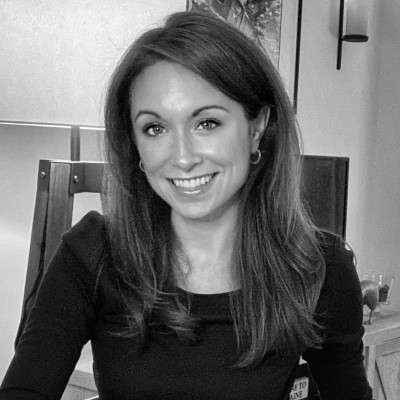Specialized investment firm Whipstitch Capital kicked off Expo West with a “2023 Capital Markets and Building Value” panel conversation that explored the status of the capital markets for consumer businesses, both M&A and private placements.
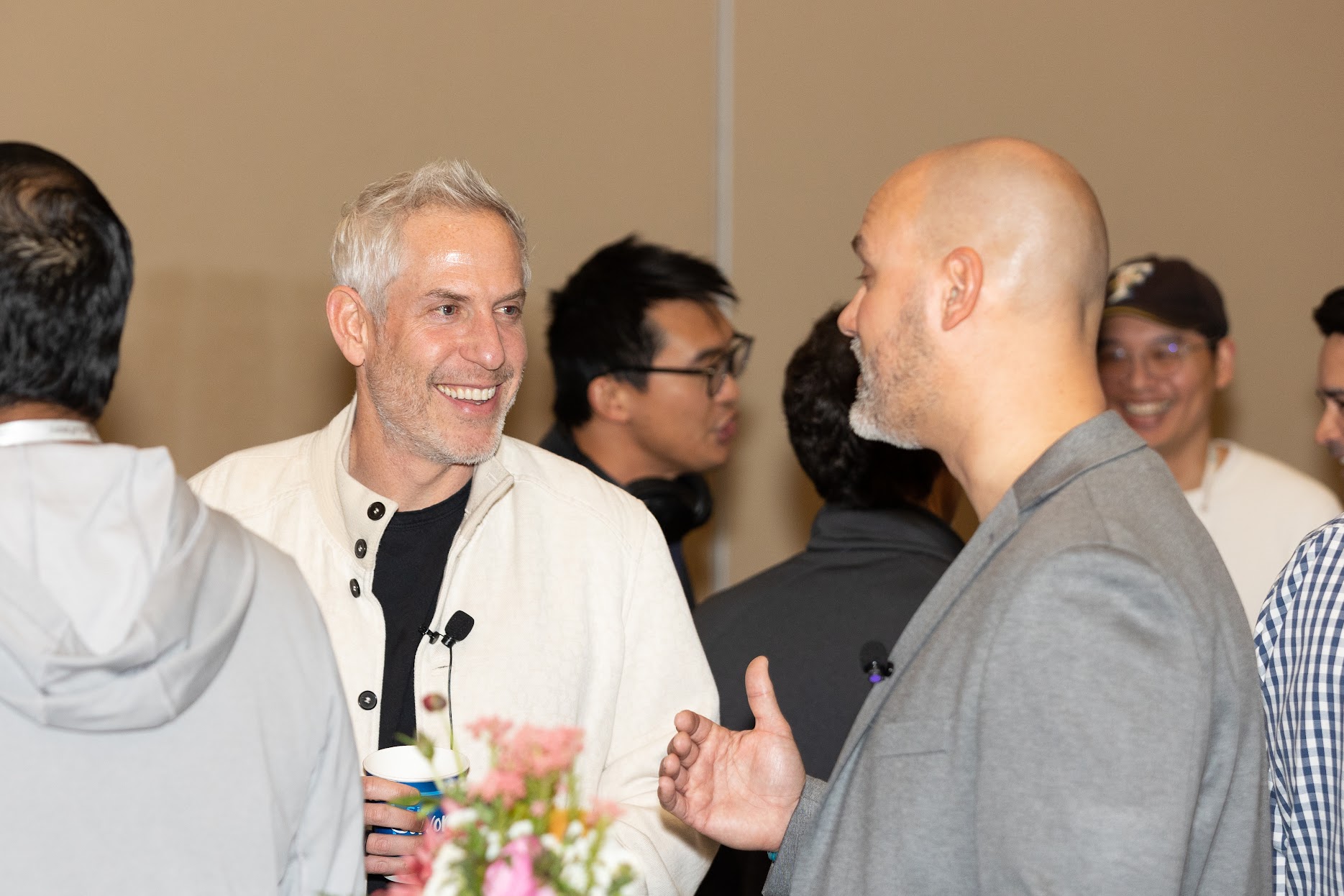
Moderated by Whipstitch Capital’s Managing Director Michael Burgmaier, panelists included: Josh Wand, CEO and Founder of ForceBrands; Ryan Lewendon, Partner at Giannuzzi Lewendon; Megan Klingbeil, Partner at Anchin; Nick McCoy, Managing Director and Co-Founder of Whipstitch Capital; Edricco Reina, Managing Director and General Manager of Financial and Professional Services at SPINS; and Kristy Lewis, Founder of Quinn Snacks.
Discover some of the highlights from the panel discussion below:
Tips on navigating difficult times
What are we seeing in fundraising today?
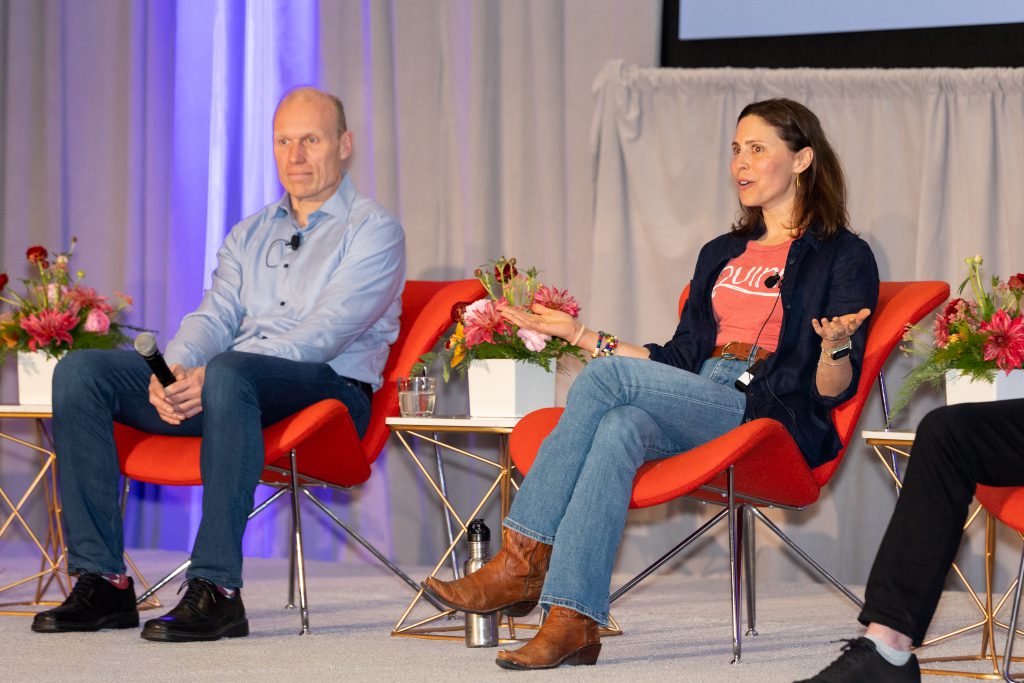
Kristy Lewis: I think it’s important to recognize that every founder and brand story is different. My story and fundraising journey might not be yours. We all have different stories. I’ve spoken to 200 funds in the past 12 years and five or six of those came in so it’s pretty exhausting, mentally and emotionally. But I think what I’ve learned over time is to sell your story to a point, but also ask them questions. These are going to be your partners for a really long time. So, find out what gets them up in the morning, what they look for in founders and brands, and what they view the exit is. As a founder, your mindset shifts when you start in the middle and then now, 12 years later, I have a very different perspective on how I want to run this business. And I wish that I had known some of those previously because we could have figured out other situations when you’re raising money. So I think it’s really important to ask the hard questions upfront. And then also from a bandwidth perspective, I would find myself talking for 30 minutes until I would ask a question. And by the end, you’re just totally drained. And I couldn’t show up for my family of three boys. It was hard but I think it’s definitely changed.
In the beginning, everyone was focused on top-line growth but now everyone’s focused on bottom line. What we’re doing at Quinn — and we’re going to be raising money again — we are very focused on bottom line, making sure that we work with our manufacturing partner on the margin — contribution margin is what everyone’s really looking at these days. Your manufacturing margin is critical. You only have so many buckets you can pull from — your marketing, sales, and ops. This kind of economic market comes and goes, we’ve seen a lot of this in the last 10 years, but I would highly suggest maybe looking at your people.
Make sure you have the right people. Don’t be afraid to reduce headcount. Don’t be afraid to pull marketing dollars. Don’t be afraid to move manufacturing orders. You’re in control of your destiny. So make sure that you can operate for another 12 months if you’re really looking at raising money and then don’t be afraid to go out there and network.
How are companies raising money right now?
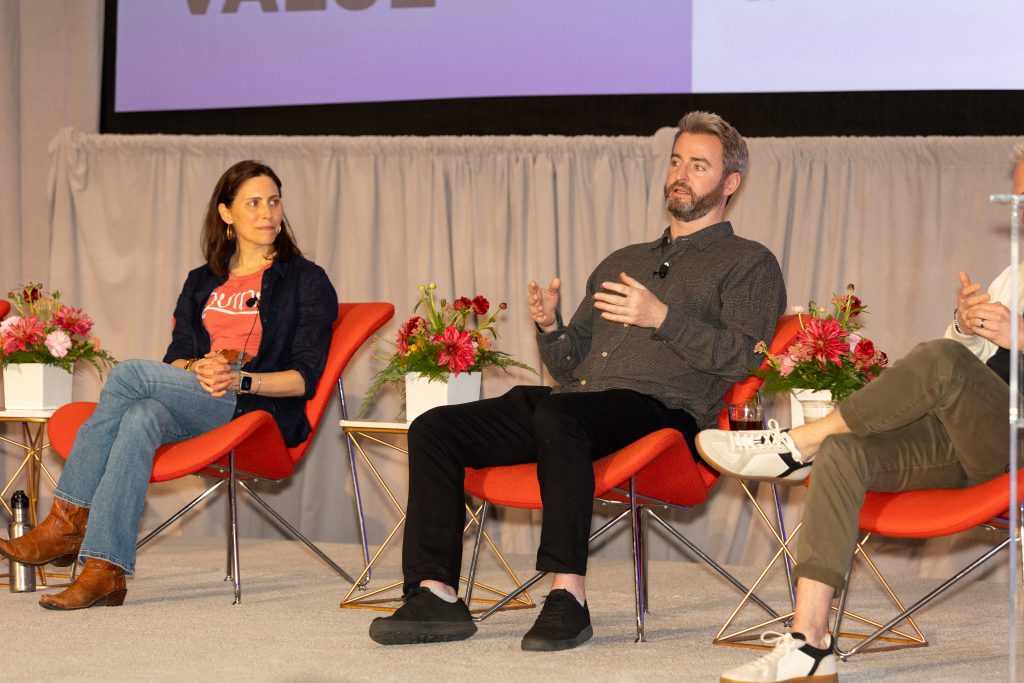
Ryan Lewendon: I’d say one of the biggest changes and maybe one of the best pieces of advice for companies, sort of agnostic where they are, is to really tighten up your business ethics, values, proposition — your north star. Pre 2018-19, investors were a lot more willing to invest in concept that didn’t necessarily have a lot planned out. They were willing to get involved and sort of figure it out.
Today, investors are a lot more hesitant. So when you come with a pitch, you really want to be able to say, ‘This is who we are, this is what we stand for, this is where we’re gonna go,’ and with an exit proposition, ‘This is how we might do it, this is who might like us, this is how we might get there, this is how we might make it liquid later on.’ I think just a very top line, shoring that up, defining that, adding context to that is going to really increase your likelihood for the pitch just because from what I see, on the investor side, people want to see that more. They’re much more willing today to find something that’s more of a sure thing than something that’s got a lot more upside, but we’re just going to figure it out because of the uncertainties in the market. There’s a lot of smaller stuff, but across every size, that’s what we’re seeing.
What investors are looking for

Nick McCoy: I think sophistication is a great word. Just thinking back to 2004, when I went to my first Expo, and the average size company was probably about $2-3 million on the floor and a $100 million fund would have been gargantuan. There were a lot of smaller investors. And as the funds have gotten bigger, the data availability has gotten bigger, especially the CRM systems. Every time you go to an investor and you give them a piece of information, it lives in the CRM system. So if you give them a projection set today, and you go back two years, you might have made revenue, you might have missed your margin. You might have missed EBITDA and you’re starting with, ‘What did you miss?’ I think the first impression is really important.
But the detail is kind of where you win now. Investors see lots of people coming through, but if you’re the founder who’s really impressed because you know your contribution margin, you actually know what’s gap and what’s not at a reasonably high level, the detail behind the gross margin, you know exactly what you’re gonna do, the breakdown over the next two years. That level of detail and detail orientation is super important to the vision of your brand than ever.
Know your numbers and gross margin

Megan Klingbeil: Clearly, the first step, is to hire a wonderful accountant who knows the CPG industry. The second thing — I was actually having a conversation right before this, where this company was trying to get an investor and they presented their gross profit one way, and the investor came in and was like, ‘This isn’t your gross profit.’ I see this all the time. It’s so important to know.
If you’re making a concession to a retailer, that’s usually something that’s going to reduce your margin. So, it’s something to really think about with these retail deals, so you know how much margin you have, what you can get, and you don’t run out of cash to support the business. The worst thing you could do is to get into a retailer and then not be able to support it, and then have to pull out and then try to get back in.
It’s a numbers business

Edricco Reina: At the root of all of this: know your channel strategy. Understand where you want to be, where you can meet your consumers where they’re at. I remember first starting out in this industry and walking floors and talking to brands and they’re just like, ‘I want to be everywhere and I need the data. I need Target data and I need Walmart data,’ and I’m like, ‘Well, how big are you? What are you doing today?’ And I’m like, you don’t need Target data you don’t need that right now. and they’re like, ‘Well, I have these phone calls with John and Tommy and he takes us all by surprise, my production is went down.
So really understanding your strategy and what you can fulfill in the marketplace and also understanding like, each one is a little bit different. What are you doing wrong?
I think understanding promotion and channel strategy is very important as you begin and consider where you want to be. Not being everywhere is okay. You don’t have to be everything to everybody.
On team building
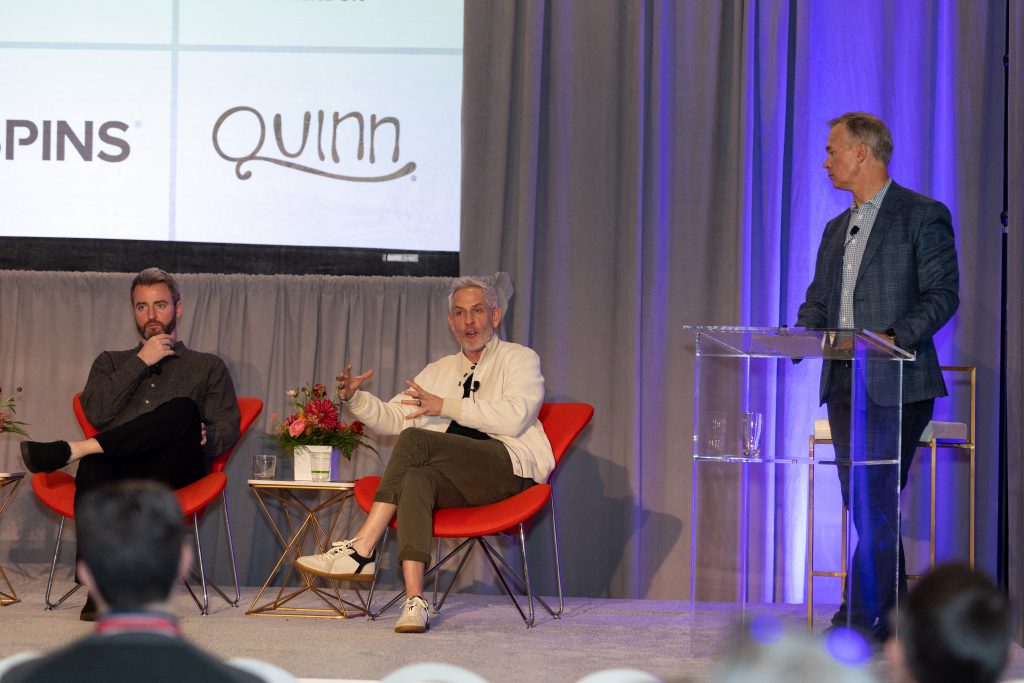
Josh Wand: I think the people are always the hardest part. You can build a company but the company consists of humans. Humans have to run sales and marketing or finance or operations and they have direct reports. They have personalities and they have families. So that’s dynamic. It just depends on the level and the stage of the business.
I think that more than ever, finding really resourceful entrepreneurs who are open and vulnerable enough to ask for help, and who are wise enough to understand that if they’re a first-time entrepreneur, you probably need people around you who have been around repeat entrepreneurs who can actually share their own experiences. Growing a business from $1 to 5 million, is a much different skill set than $5 to $20 milllion, and $20 to $100 million.
I wouldn’t say that two or three years ago when COVID hit, everyone was just throwing bodies against businesses. ‘Whatever we can do, let’s just pay them 30 percent more, and then do this DTC/e-comm thing because it’s through the roof.’ Look at multiples in DTC/e-comm now. That’s clearly not the path to profitability or durable growth, or organic growth with your customers. Like omnichannel is more important than ever. And founders realize it, investors realize it, and for consumers, that’s how they shop.
So, I would say that the dynamic of bringing on really good people hasn’t changed. I believe the way in which businesses grow changes. And companies now, because of profitability and gross margin pressure, have to bring in people who are super experienced in those specific areas and functionalities but you don’t need a bunch of people. Just hiring people for the sake of hiring people to grow top-line growth is definitely not the answer.
I think the key is with an entrepreneur, if you’re early stage, is not to be enamored by someone’s résumé. Like if someone says they built KIND, barkTHINS, or Body Armor, understand what they specifically did at that organization. What was their specific job? And yes, it’s great that you all got to a $200 million run rate and you sold the business for $600 million. You actually want to do the work that it requires in an $8 million business and a $20 million business because if you don’t, this probably isn’t the job for you.
You have to want to do the work. You have to love this type of work. And so I believe that entrepreneurs and even bigger strategics now are being much more thoughtful in making sure skill sets are aligned with specific jobs in addition to ensuring the passion and cultural additives are there. But you’ve got to just make sure that you’re very clear about what you want opposed to just putting people around it because they were with a very successful brand.
I believe investors are really thoughtful now about making sure there’s a durable management team or leadership team. That can be a sub $200 million business or it could be a $50 million business, but at that specific scale, you have to have best-in-class people who are really appropriate and equipped to manage and grow that kind of business.
Advice for founders

Josh Wand: One of the things to think about, which so many founders don’t get this advice about early on, is the reality of post-acquisition. You’re so conditioned to grow this business no matter what it takes — ‘it’s my life and we have to get this thing to the finish line.’ A lot of founders don’t think about post-liquidity event integration and what it’s like working for a strategic, which very often can be hell, because, as a founder, they’re not used to working for other people.
So many founders, two or three years before a liquidity event, should have a quick and honest conversation with themselves and with their boards and say, ‘Am I the one who takes this hit? And am I the one to integrate this?’ Because what was the team that gets the business to the finish line, very often isn’t the team that can successfully integrate.
But if you take a page out of a book from Justin Gold or Peter Burns, when you reach that level when you have a president or CEO that has sold companies before and you can check your ego, it sure does make your equity a lot more valuable. And you know what, you probably don’t have to go with the sale. And you can probably stay on a strategic advisor and work on sustainable initiatives, or work on brand initiatives, but you’re not in the mud. There’s nothing wrong with going with the sale if you want to do that. But if that is your choice, and you don’t want to work for someone else, be really thoughtful about stacking the deck and have someone else who does that for a living that loves working with founders. And a good way to do that is when you’re looking at your board, your advisory board, or just a mentor. Talk to other people who have been through this and get the right people around you who can advise and consult or maybe pop into the business at the right time and can get that thing across the finish line.
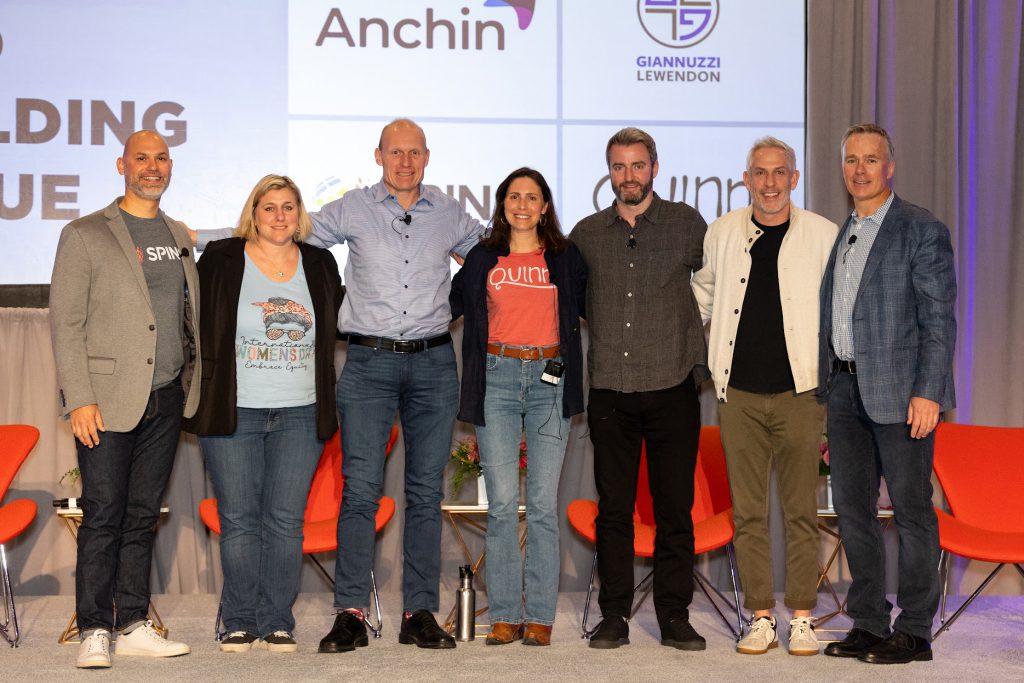
ForceBrands offers end-to-end hiring solutions for all stages of growth. Whether you’re just starting to hire or are looking for the next step in your career, we’re here to help you be a positive Force that makes an impact.
